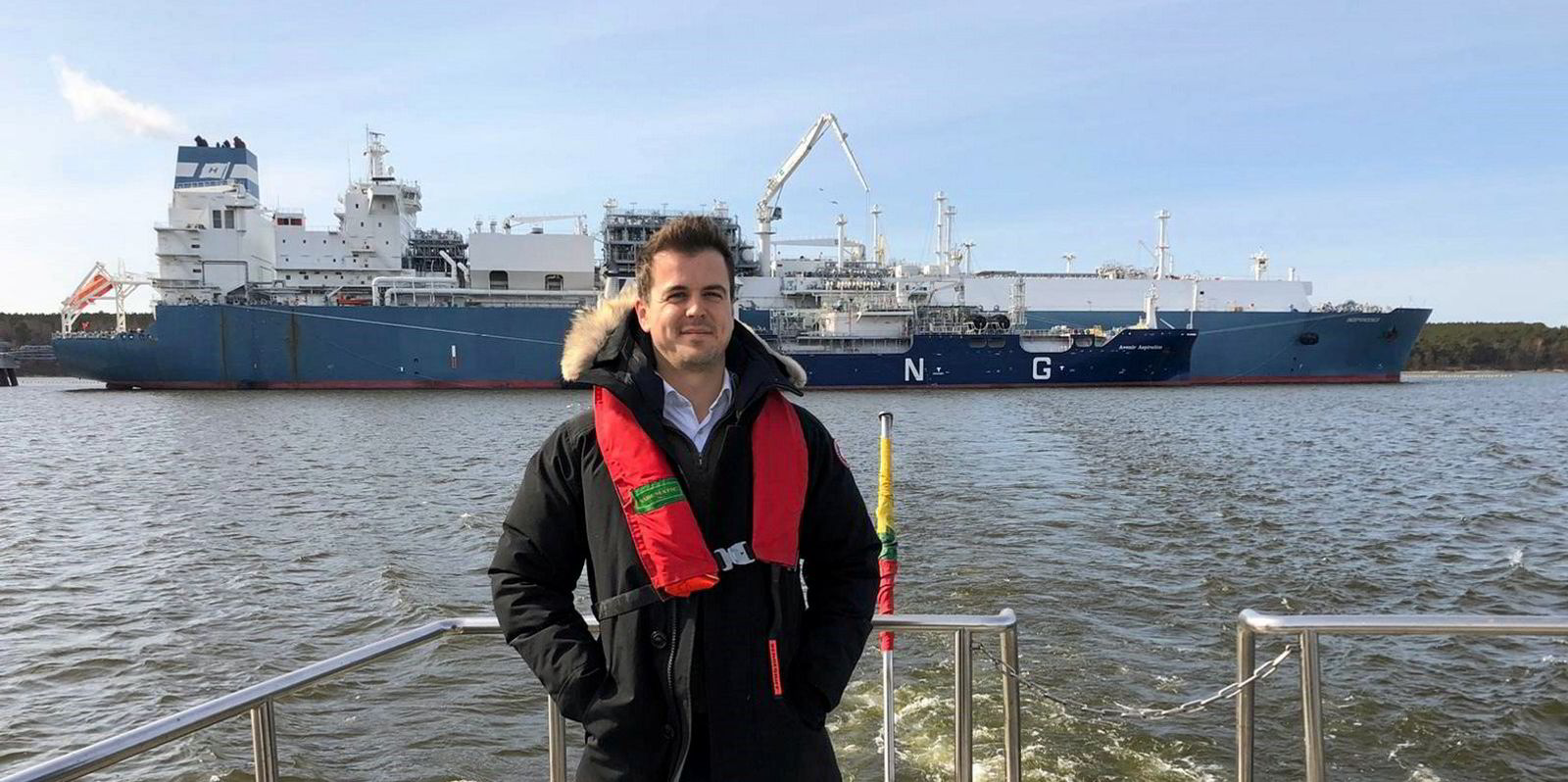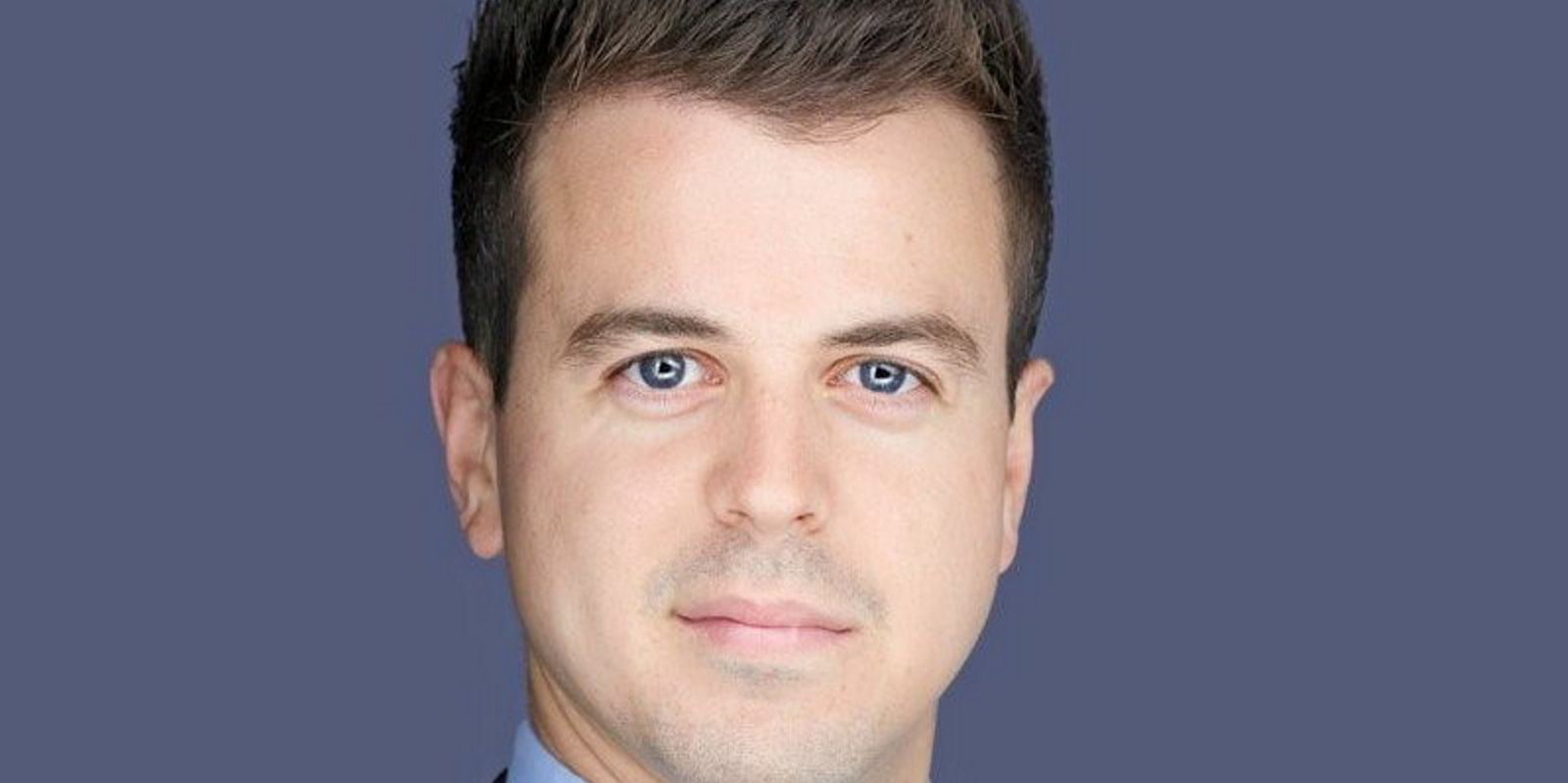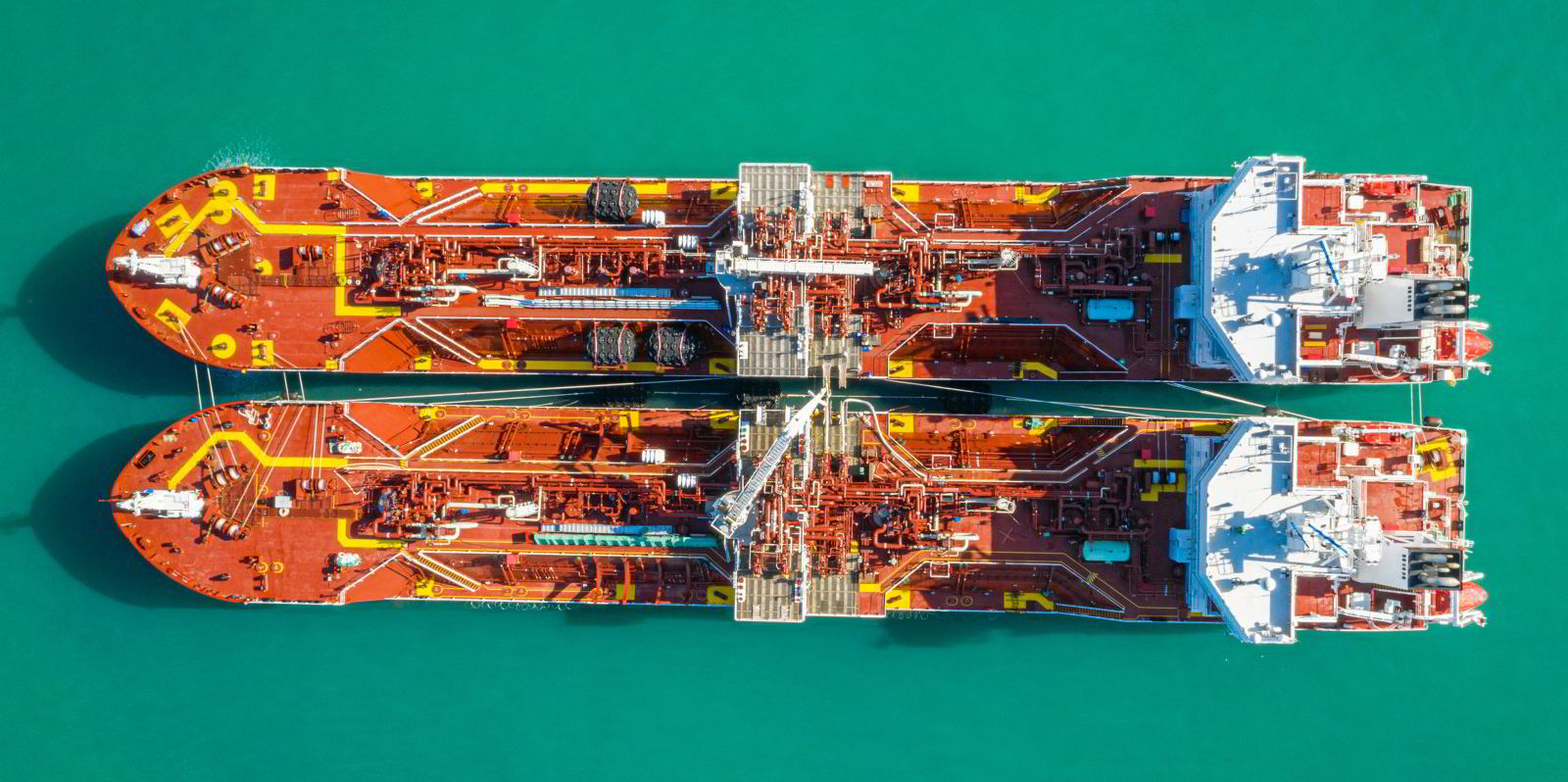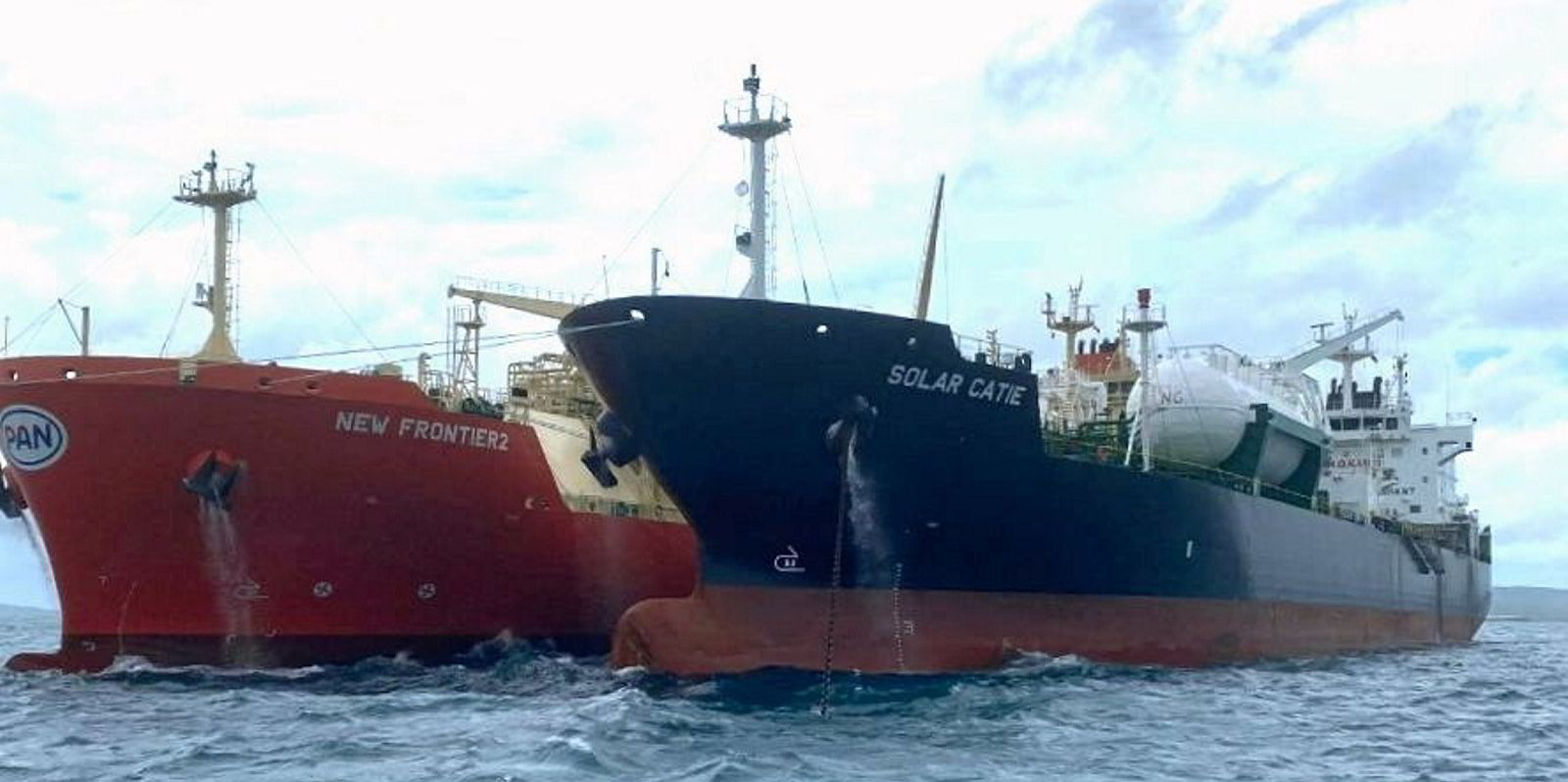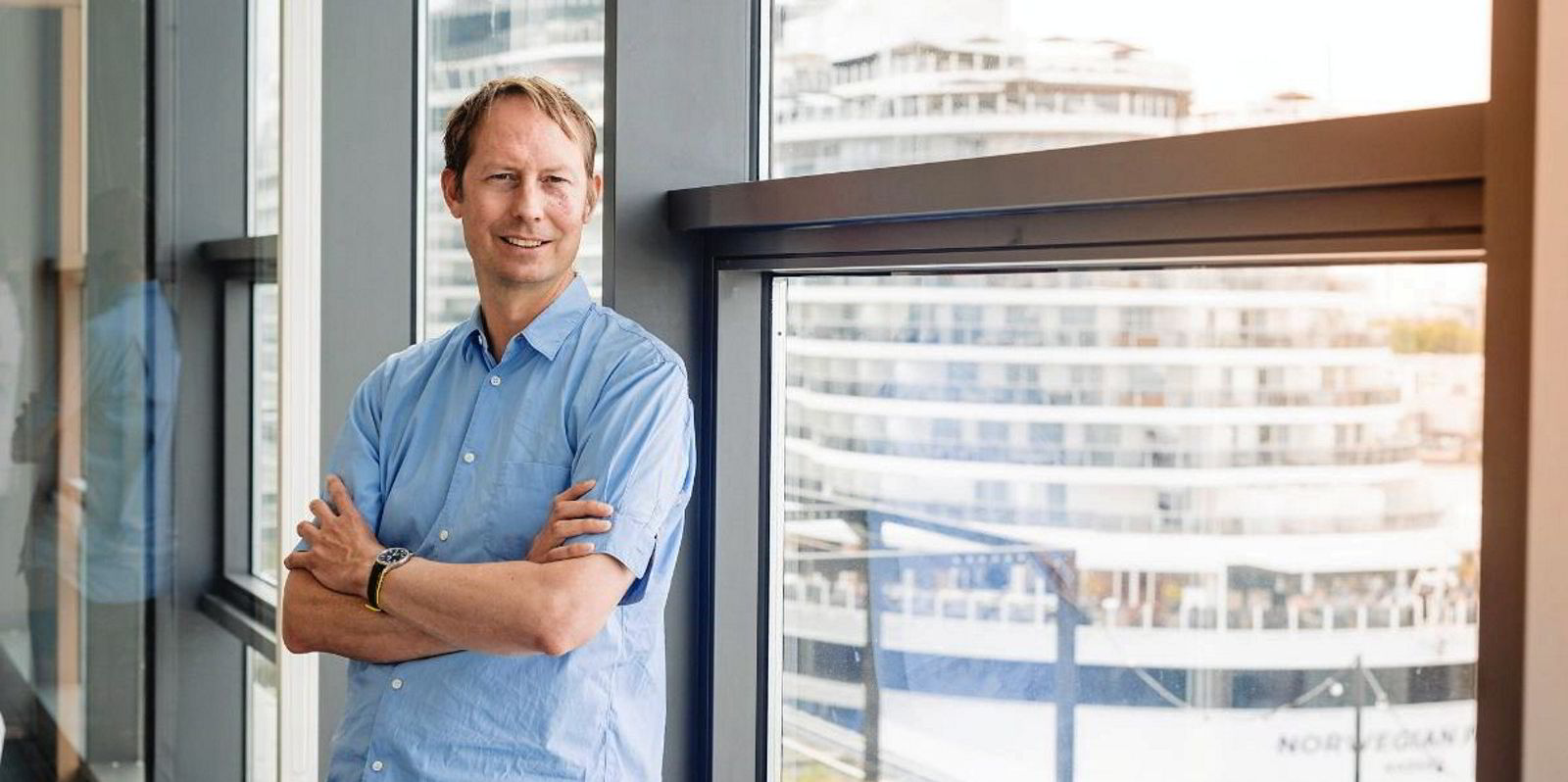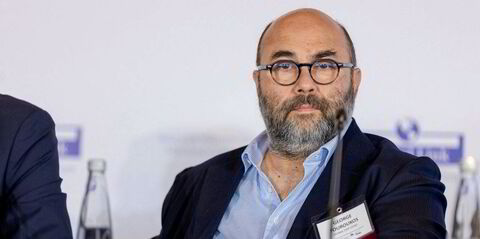Small-scale LNG company Avenir LNG has a new face at the helm and is set to embark on the next phase of its development with a newbuilding project.
Four months into the job, managing director Jonathan Quinn is heading for a busy 2024.
“By the end of the year, we’d hope to have a newbuilding programme going,” he told TradeWinds. “The company can’t stand still. We’re essentially fully booked.
“The next phase is to go into investment mode again, which is to order new tonnage.”
Avenir would appear to be well advanced. Quinn confided that the company has spent time improving the design of its existing two 20,000-cbm vessels through technology and lessons learned.
It also has an agreed specification and contract with its shipyard. “We could move very quickly,” he added.
Avenir may want to jump in soon.
Quinn described the market as becoming structurally short from 2025 due to the “tidal wave” of incoming LNG-fuelled tonnage with few ordering any LNG bunker vessels.
The delivering LNG-fuelled vessels are big container ships, VLCCs and car carriers requiring larger bunker volumes.
Analysts are forecasting LNG bunker demand will soar from over 2m tonnes per annum today to more than 9 mtpa by 2026.
“I think we’re going to have a requirement for at least another 30 energy bunker vessels in the next three to four years,” Quinn said.
“We see the market becoming extremely short [on LNGBVs], which puts a lot of value into the existing fleet, but also into the works we’ve done to go out and place an order,” Quinn said.
“Ideally, we would look at delivering new tonnage into the market around 2026.”
Quinn has been at Avenir since day one and can jokingly boast of being employee number 0001 on the payroll.
- Founded: 2018
- Shareholders: Stolt-Nielsen 47%, Golar LNG 23.4%, Hoegh LNG 23.6%, Norwegian OTC investors: 6%
- Headquartered: London, UK
- Staff: shoreside 23, indirectly employed 150
- Small-scale LNG carriers: 5
- Terminal: 100% ownership of Higas LNG terminal in Sardinia
He joined from Avenir’s major shareholder Stolt-Nielsen where he was working on commercial and business development and was involved in the set-up of the new venture in 2018 and running the equity raise for it.
One of three employees at the start, he said he was commercial manager, quasi-chief financial officer and taking care of human resources.
Today, Avenir owns five small-scale LNG carriers — it sold a 20,000-cbm ship in 2022 — all of which are employed, and one import terminal in Sardinia, Italy.
Quinn is keen to talk about the company’s operational experience.
In 2023, Avenir carried out 200 bunkering operations for its own account, with many more for other parties. In total, the company has moved between 800,000 tonnes to 1m cbm of LNG throughout its operating life via its own ships or chartered tonnage.
He admitted that Avenir is “actively looking” for vessels to take on short-term charters to cover its scheduling requirements.
Brokers also tip Avenir as a likely bidder in TotalEnergies’ tender for LNGBV newbuilding business.
But the company is also maturing.
Quinn said Avenir has gone through “180 [degrees]” since it was set up.
He said the company is being “laser-focused” on what he describes as the “not very well kept secret” of its next newbuilding programme, and technically does not need to own all the steel.
Homogenised fleet
Ideally, Avenir would want a homogenised fleet, he said, although requirements are often for bespoke vessel sizes and specifications.
He cited the company’s 20,000-cbm vessel as an “extremely versatile” design with the capacity to deal with large volumes.
“We’re simple folk. We know what we like, and we like what we know.”

Quinn said he would love to repeat Avenir’s 2018 move of ordering six ships speculatively as they have all gone into profitable trades.
But he highlighted it is now a world of high interest rates, operating expenses and inflation where the capital expenditure required is greater and shipyard slots scarcer.
“It’s just a different game, so we are being a bit more calculated about how we approach our newbuilding investment thesis,” he said.
However, Quinn said there is support from the shareholder base to grow the company.
Stolt-Nielsen chief executive Udo Lange joined the Avenir board in November and Niels Stolt-Nielsen remains as company chairman.
Quinn said Avenir has never really had a chance to operate in a “normal environment”, building its ships and terminal in China and Italy, respectively — two of the worst areas hit during the global pandemic.
“Then we started delivering all our assets into the biggest gas crisis of all time,” he added.
But he said the company learned much, particularly about how to operate in the most volatile markets and pivot its business model to handle that.
The crises also created completely new markets.
“Who would have foreseen us using a small-scale vessel to shuttle LNG 20 nautical miles in German waters?” he said, also highlighting Avenir’s LNG deliveries from Spain to Finland.
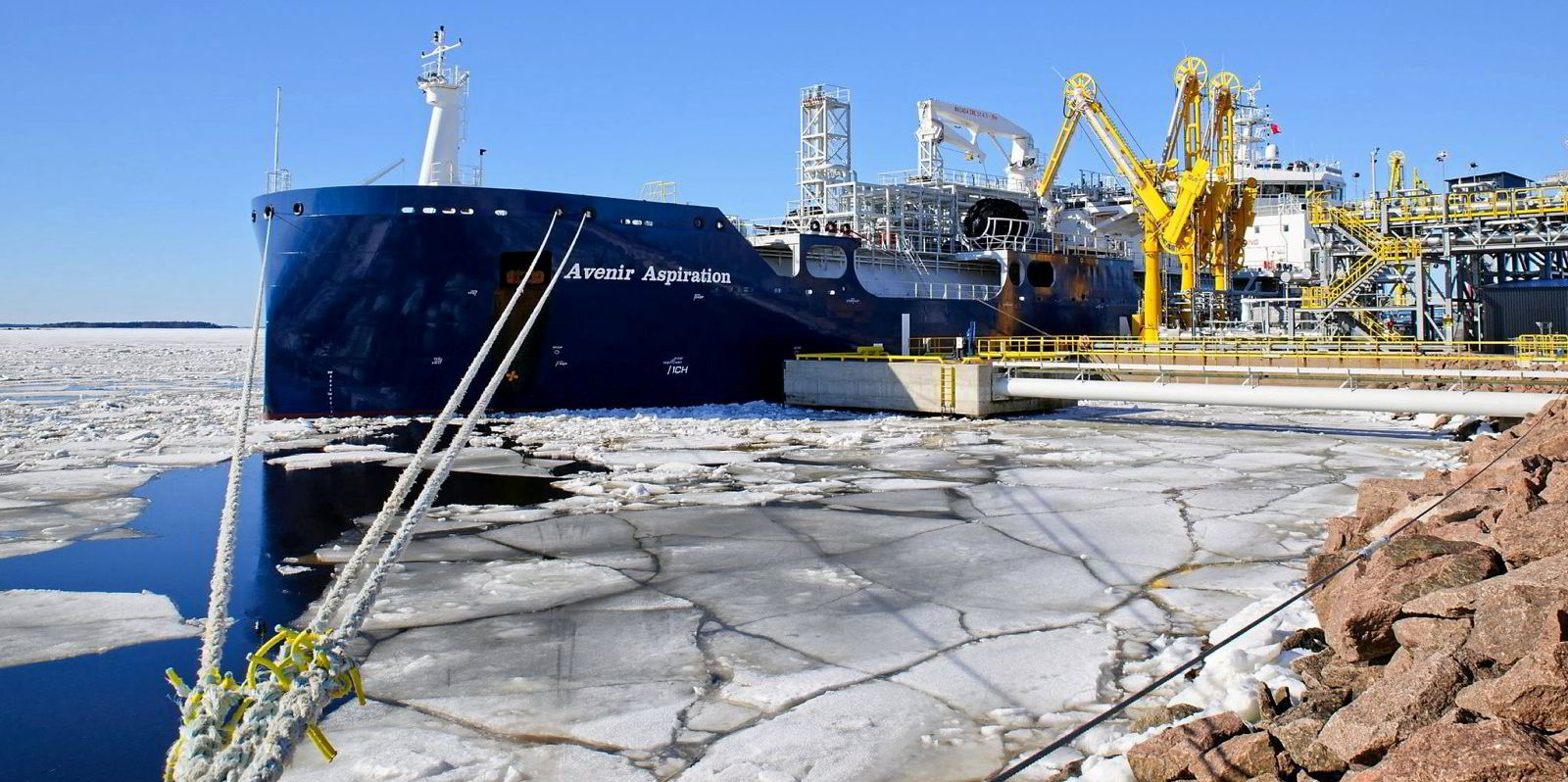
Today’s small-scale LNG market is becoming more commoditised, Quinn said, pointing out that the LNG fleet is almost the only one that is dominated by large-scale tonnage, as there has been little demand for break-bulk cargoes.
He said the growth of LNG bunkering has been the driver for the small-scale sector but he believes there will be increasing demand from gas-to-power business as countries seek to decarbonise.
Quinn is ambitious to take what Avenir has learned in the Baltic Sea — where it has been operating its 7,500-cbm Avenir Aspiration (built 2021) — and aggregate customers in a region to ensure an LNGBV is well utilised and making a standalone profitable business.
‘Operationally intensive’
The Avenir Aspiration is fully booked doing about 20 cargo operations a month, compared with perhaps six a year for a full-size LNG carrier. “It is operationally intensive,” Quinn said.
Potentially interesting new markets would be the Middle East and South America, he said.
Bio-LNG will be another future entry point for Avenir, as more of the almost carbon-neutral fuel becomes available.
“I think that’s the way forward to decarbonise shipping,” Quinn said.
It is 10 years since Quinn — then working at Stolt-Nielsen where he began his career in 2012 — started looking at the small-scale LNG space.
It has been a “fantastic experience”, he said, describing shipping as a “passionate sort of business to be involved in” and quoting one of his Stolt mentors who dubbed it “a lifestyle choice”.
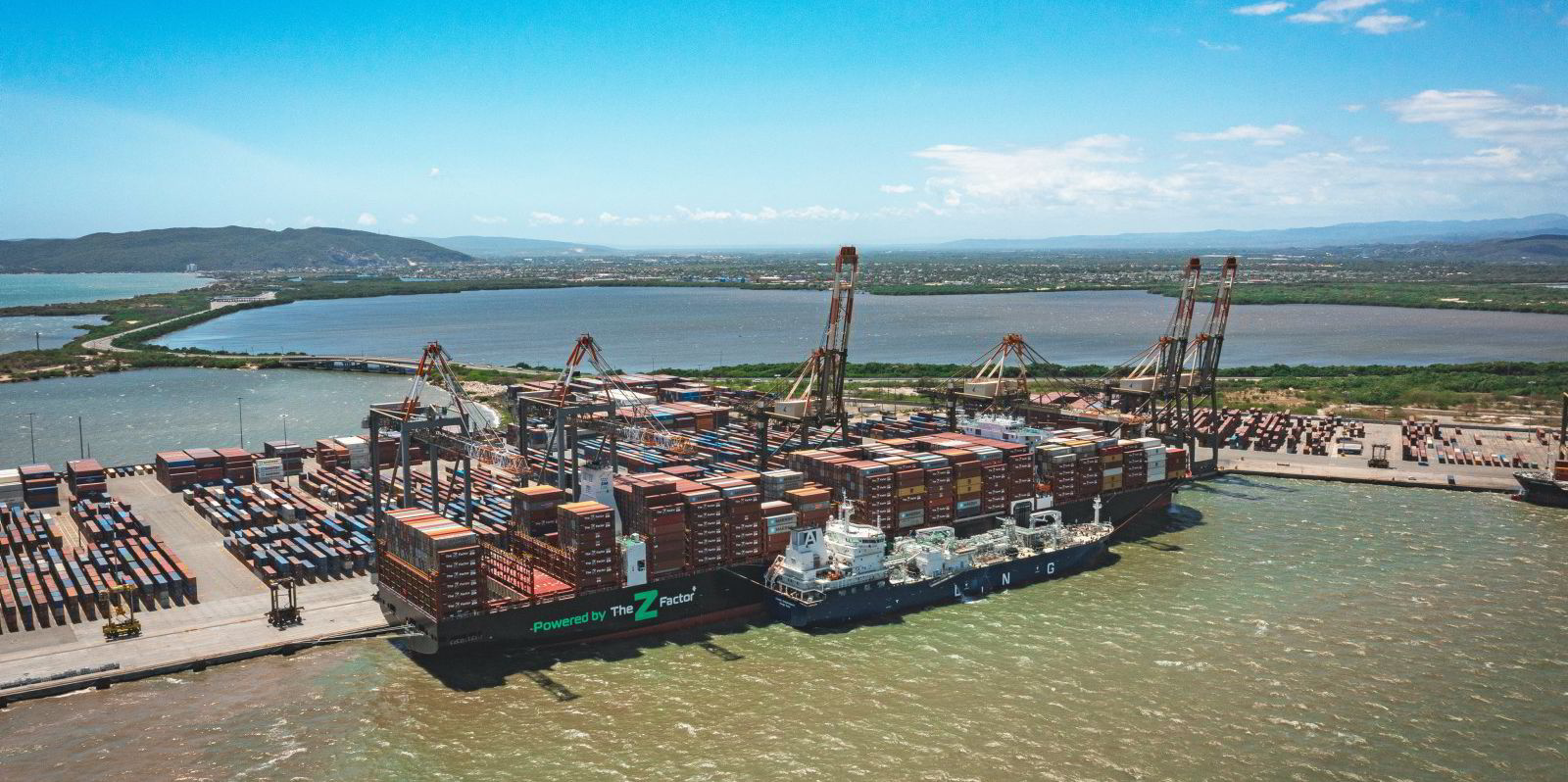
Quinn describes himself as “energetic”, “assertive”, “personable” and adept at reading and understanding people — largely from 12 years in the commercial world.
The young MD, who turns 33 this year, appears enthusiastic about the business, relaxed and engaging.
He loves his fitness. A rugby player in his youth, the pandemic turned him into an avid runner and watches most sports.
But sporting action has been curtailed of late due to the arrival of his daughter and first child just two hours after he concluded his first Avenir board meeting as MD in November.
